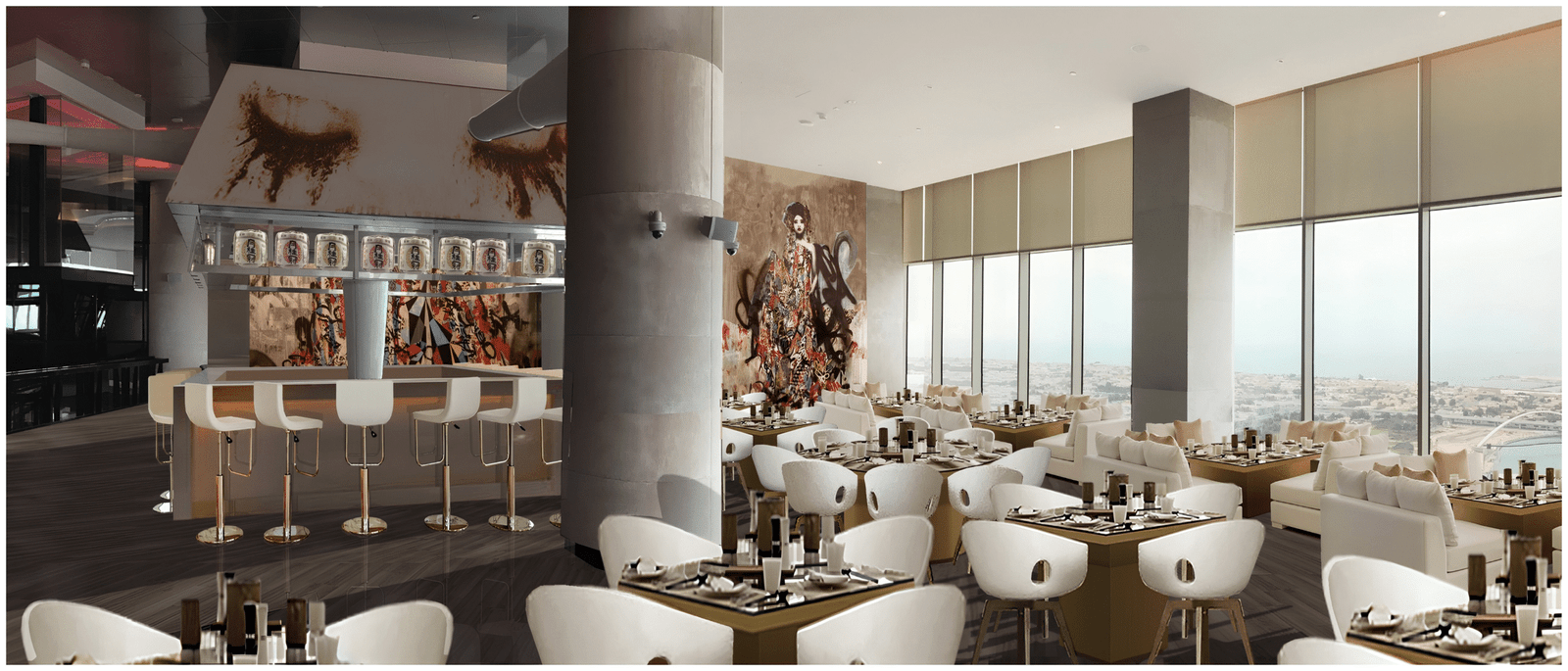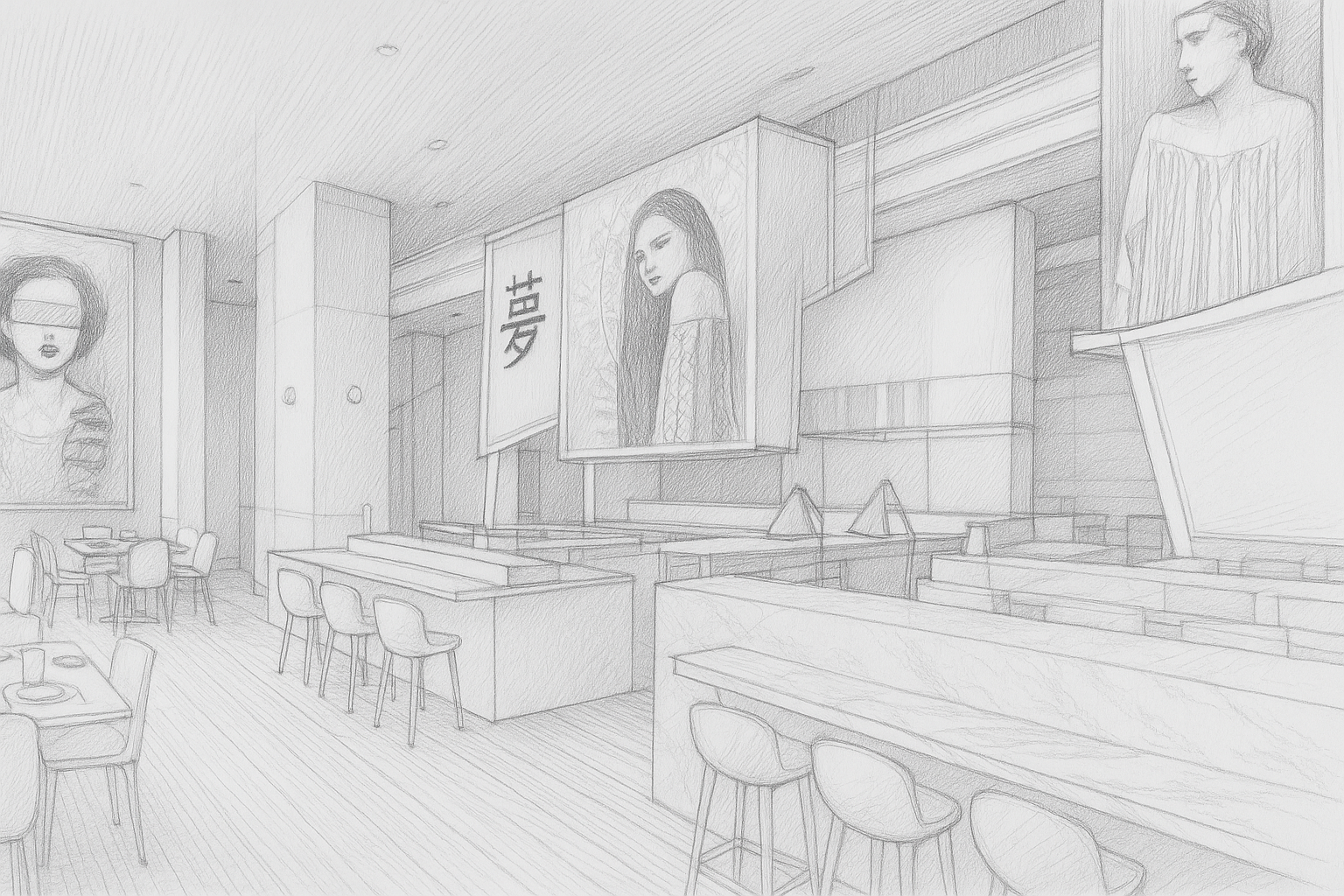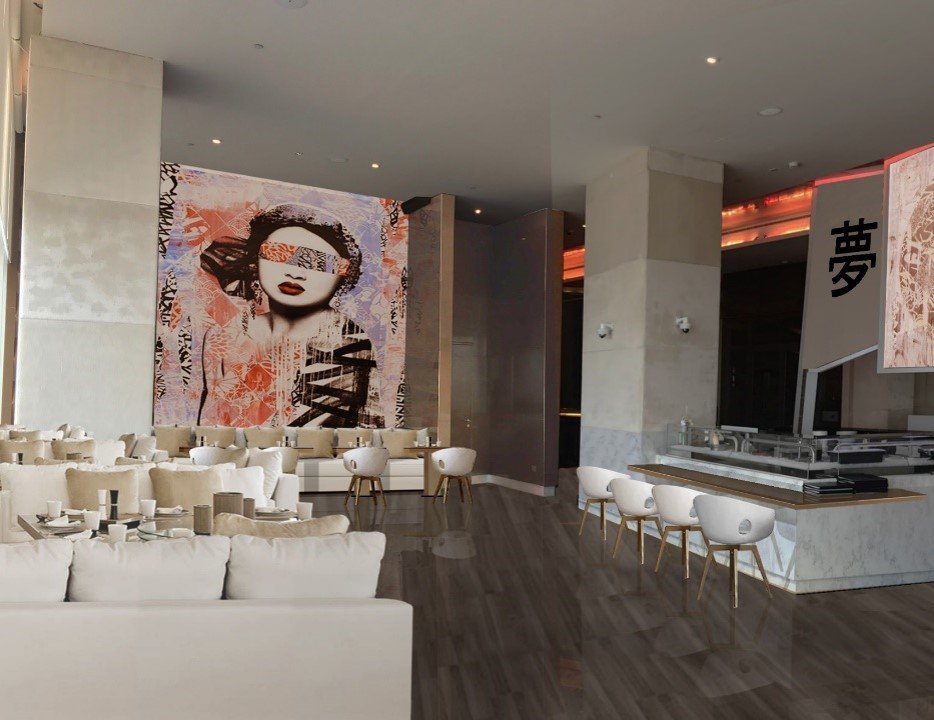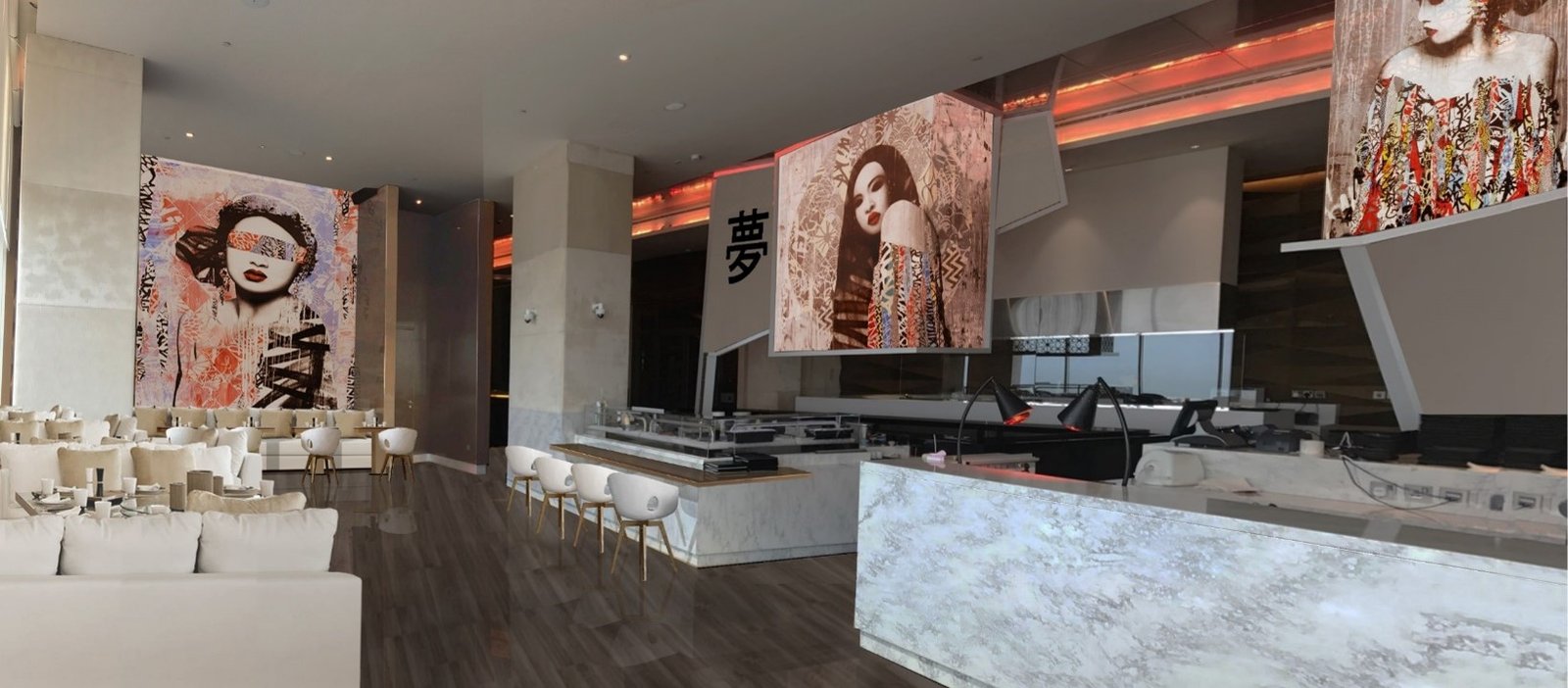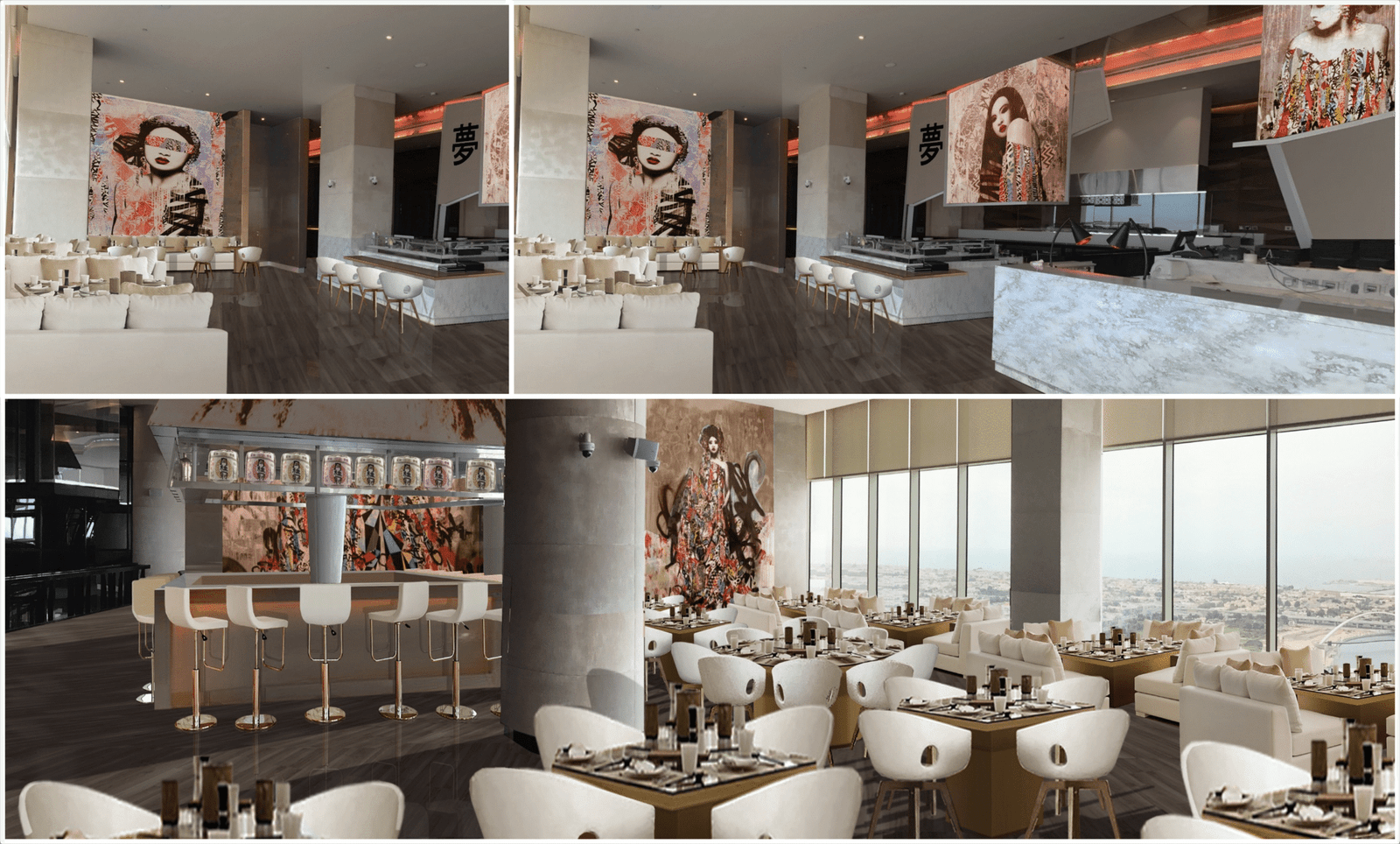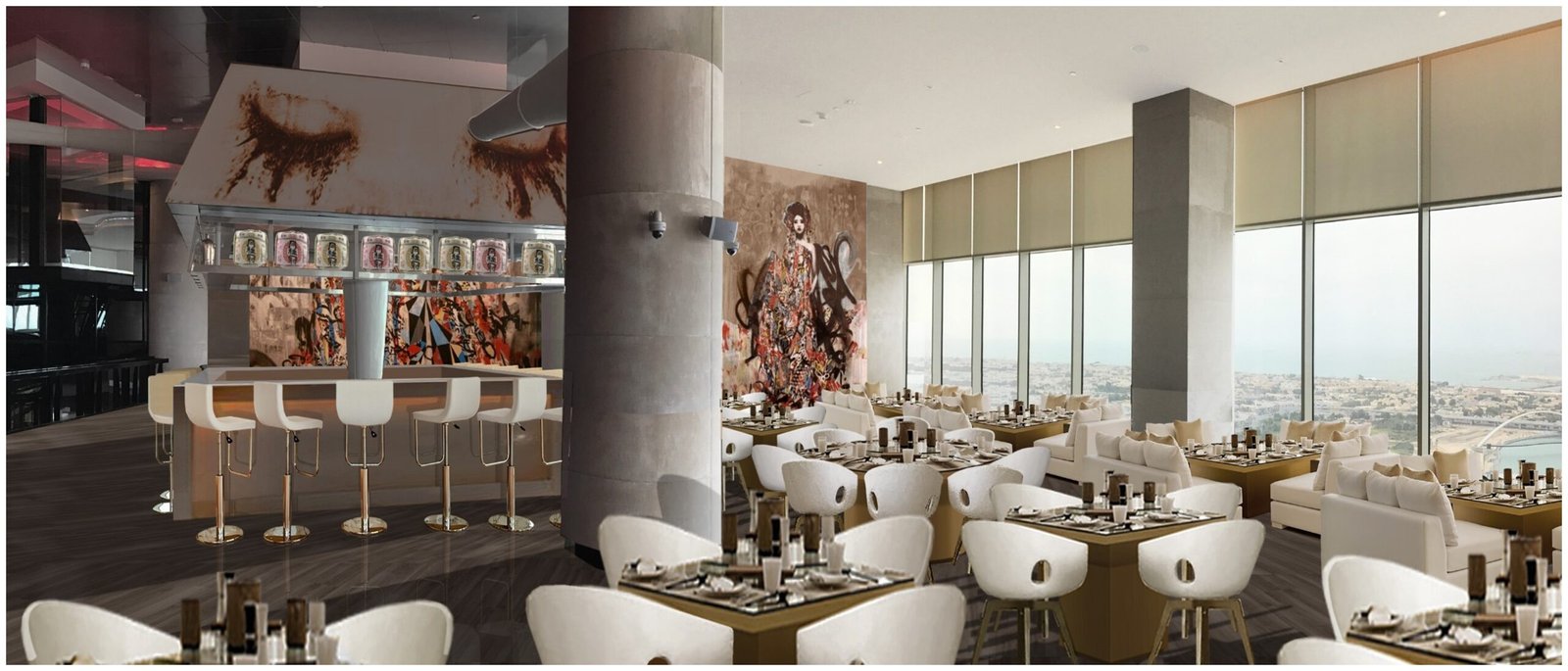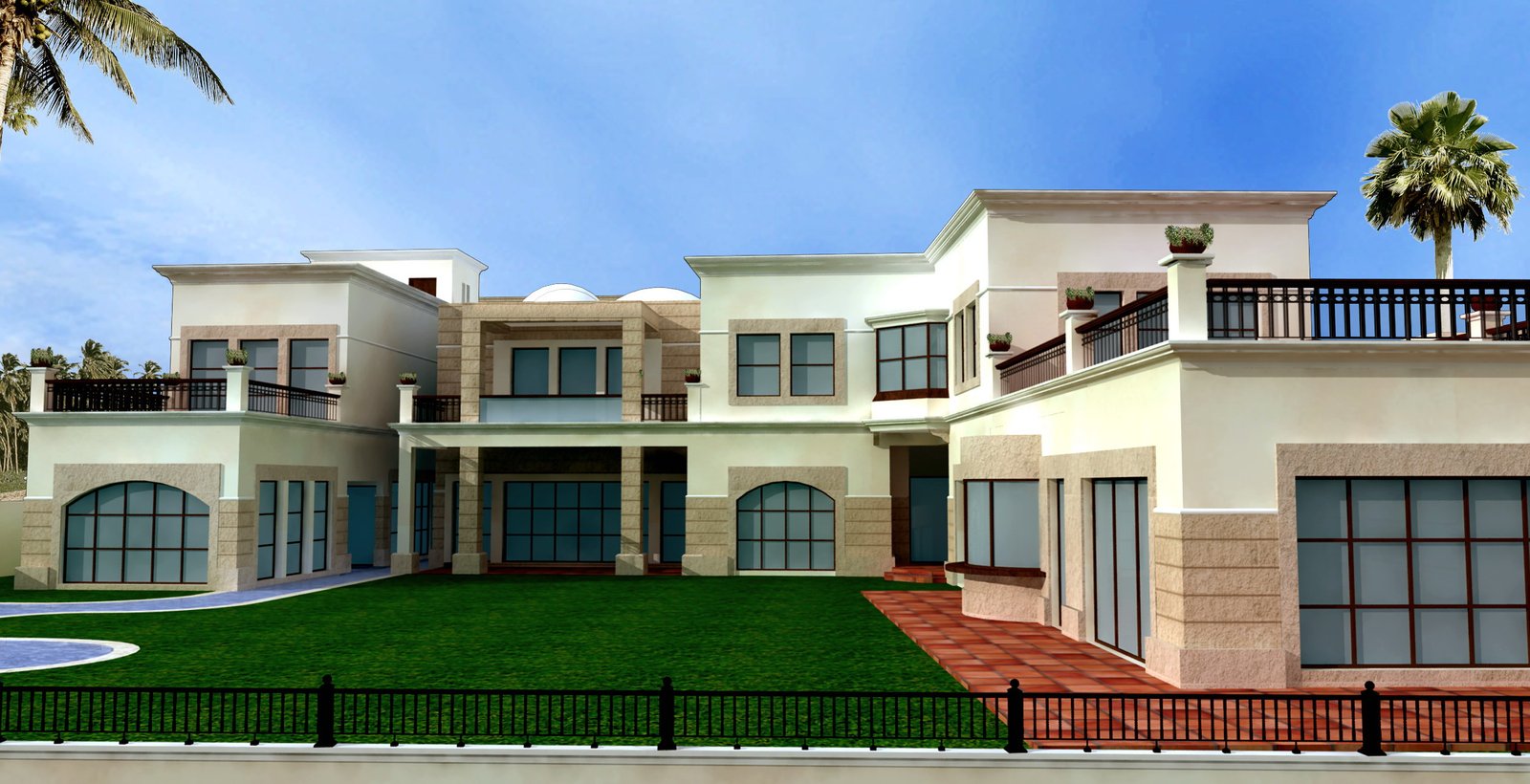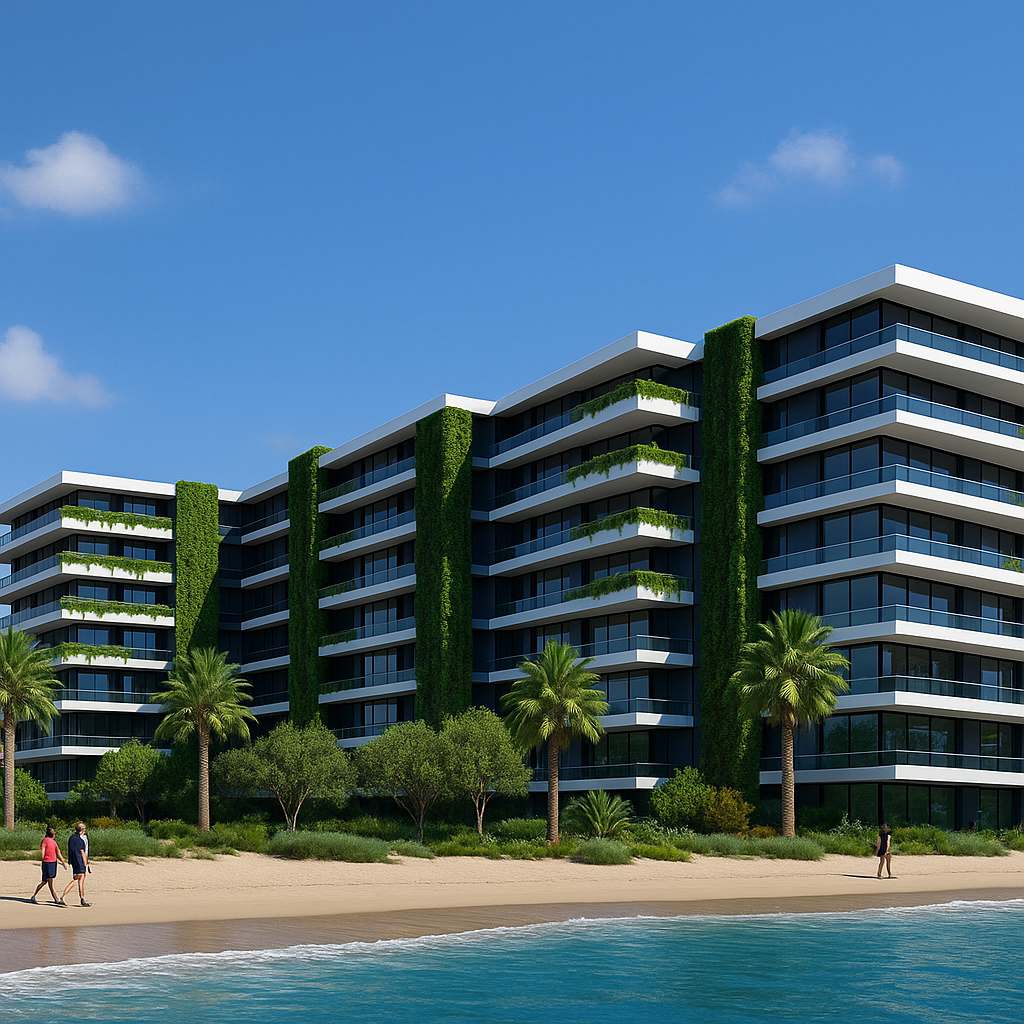
NAMU Restaurant
Project Description
Perched dramatically on the 31st floor of the iconic V Hotel in Al Habtoor City, NAMU is more than a restaurant; it is an elevated social sanctuary that blends the artistry of Korean cuisine with panoramic urban spectacle. A celebration of culinary theatre and spatial sophistication, NAMU commands uninterrupted views of the Dubai Water Canal and the golden silhouettes of the Arabian Gulf at sunset—an experiential luxury integrated into the restaurant’s architectural intent.
From the moment guests enter, the architecture sets a tone of confident minimalism rooted in East Asian design principles. Structural verticals—reflected in the commanding cylindrical columns—anchor the space in calmness and discipline, while floor-to-ceiling glazing dissolves boundaries between interior and horizon. The architecture employs expansive fenestration not merely for function, but to curate a sensory engagement with time, light, and place. This interaction with Dubai’s skyline is both immersive and contemplative.
The spatial choreography of NAMU is layered across distinct yet flowing zones: a sushi and robata counter, formal and informal dining lounges, and a sleek bar area. The open kitchen is a performative nucleus that merges seamlessly into the marble counter structures, crafted in cool veined whites that echo Korean hanok-inspired restraint. These sculptural counters frame the chefs' movements like a culinary stage, reinforcing transparency, precision, and a reverence for craft.
Materiality throughout the interior is intentional and symbolic. Polished wooden floors in dark walnut tones provide a tactile warmth that grounds the interior in organic texture. Seating—elegantly upholstered in ivory and cream tones—contrasts against the richness of the floors, evoking the juxtaposition of softness and structure seen in traditional Korean hanbok garments. Clean-lined tables with chamfered edges speak to precision and balance, core values in both architecture and gastronomy.
Walls are canvases for curated, large-format murals—some abstract, others fashion-inspired—each one paying homage to contemporary Korean visual culture. These punctuate the otherwise serene interior, injecting bold character without overwhelming the architectural integrity. Lighting, too, is purposeful: suspended linear accents and hidden cove lighting trace the geometries of the ceiling while remaining subdued during daylight hours, and glowing softly after dusk to amplify intimacy and elegance.
The bar zone is a juxtaposition of urban cool and minimalist purity. A bank of bespoke white leather stools face a commanding installation of illuminated apothecary jars and retro-futuristic shelving, with copper metallic accents and mirrored backdrops providing a kinetic energy that transforms with the evening crowd. Here, social connection is intentionally facilitated through tight spatial grids and reflective finishes that amplify the vibrancy of movement.
Ultimately, the design of NAMU transcends trend to deliver a timeless visual narrative. This is a space where elevated dining, contemporary Korean artistry, and modern Dubai's skyline converge. In doing so, NAMU not only frames a culinary destination—it asserts itself as a high-design cultural landmark within the V Hotel’s bold architectural lineage.
- DATE2016
- SCOPEInterior Design
- CLIENTUHC
- CREATIVE DIRECTORRebecca

